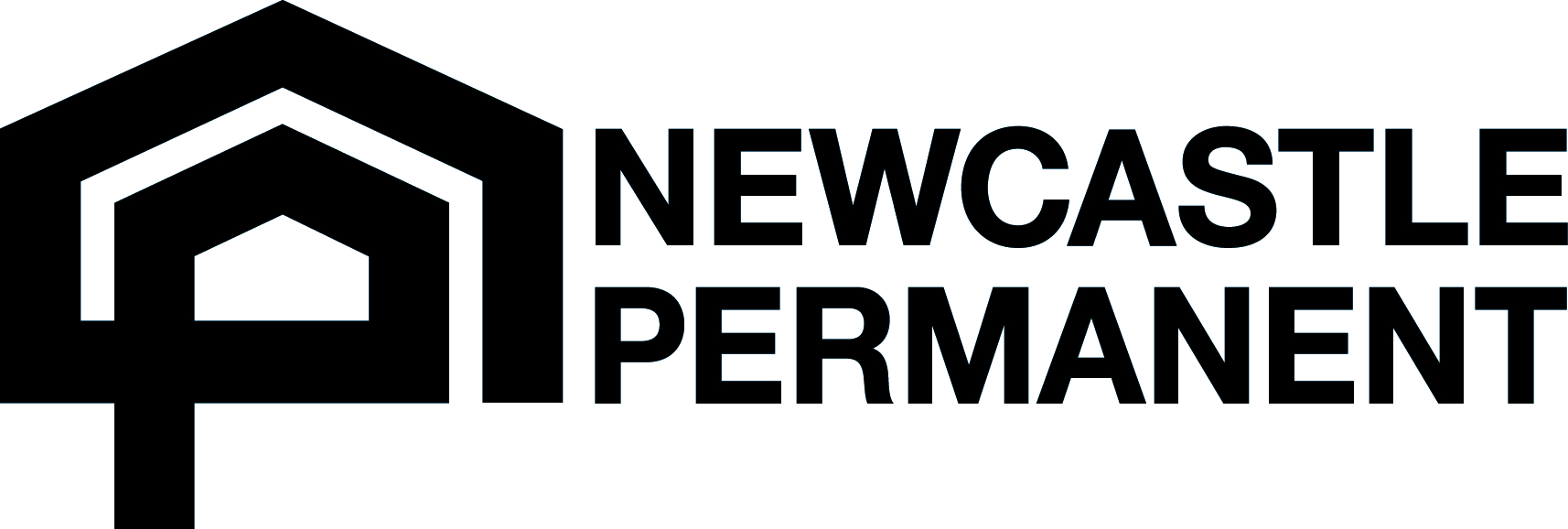
What is a comparison home loan rate?
It is a legal requirement that all advertised home loan interest rates have a comparison rate to help consumers identify the true cost of a loan.
Normally you see the promotional interest rate which is what you are effectively signing up for at the time of an application, however, that advertised rate does not include all the bank charges and fees over the life of the loan. Therefore the comparison rate is used to represent a single percentage figure for the whole loan amount, over an averaged calculation (e.g. 25yrs), and what the actual rate would be if that was your situation.
For example, one lender may be offering 4% as their advertised interest rate however their comparison rate is 4.5%. Compare this with another lender who may be offering 3.8% with a comparison rate of 4.9% which would indicate a borrower would pay more than the other lender over time.
** for the purpose of this example, assume both lenders are offering the same product (e.g. variable loan) for the same loan amount (e.g. $500,000), over the same loan term (e.g. 25yrs)**
This example is a very simple way to look at what we’re addressing here however there are many other factors to consider outside of the comparison rate.
The goals and objectives for the borrowers, the features of a loan, and the loan term the borrowers may stay in the loan product are all additional factors to be considered before proceeding with any loan application.
The comparison rate can assist to work out the true cost of a loan by representing all costs into a single percentage figure and is, therefore, a valuable tool for borrowers to compare the cost of different loans from different lenders.

















